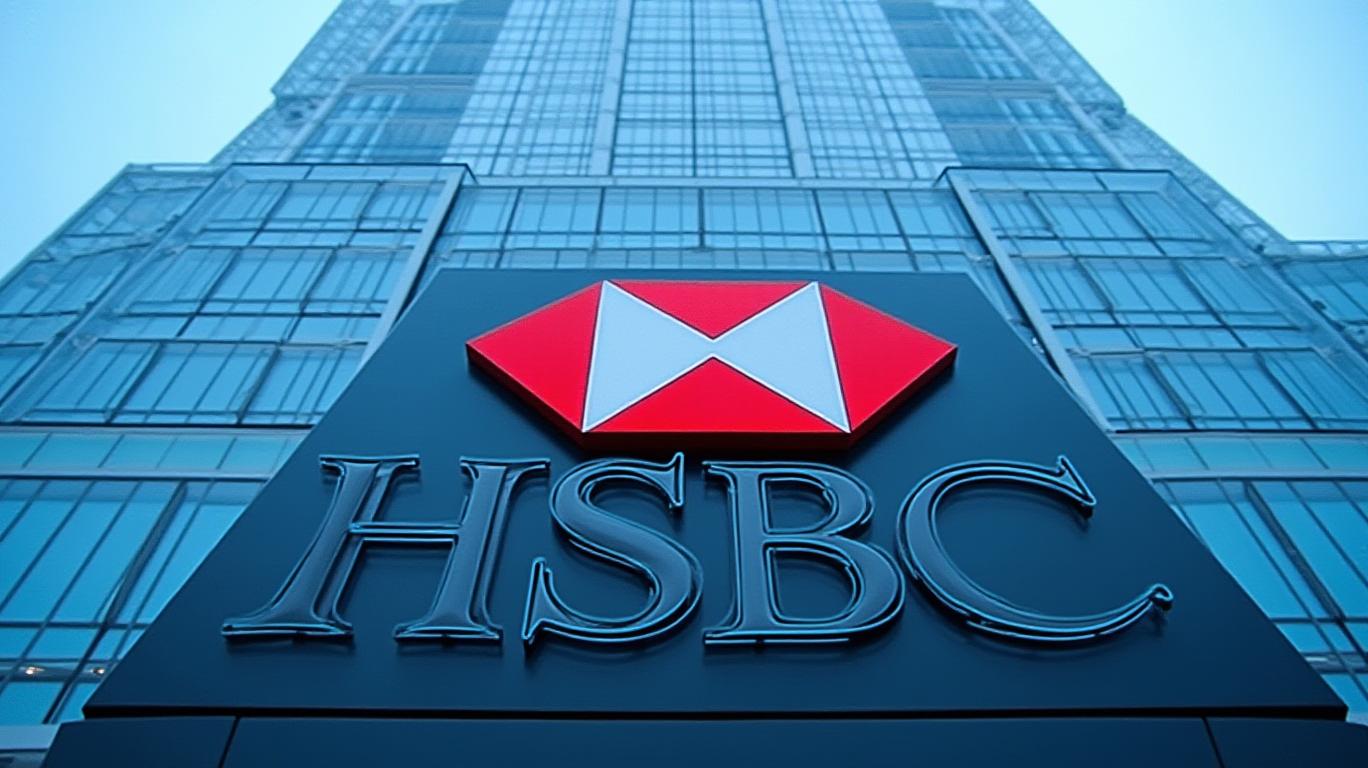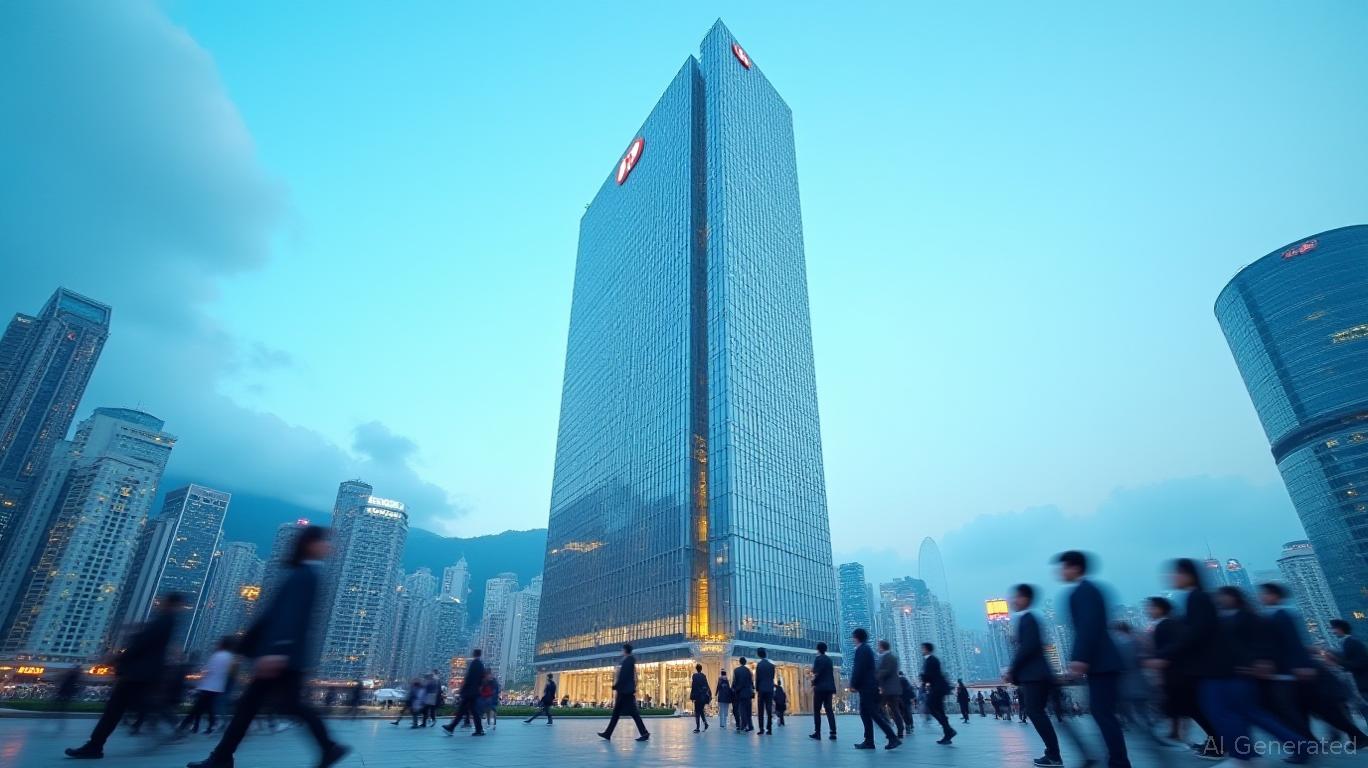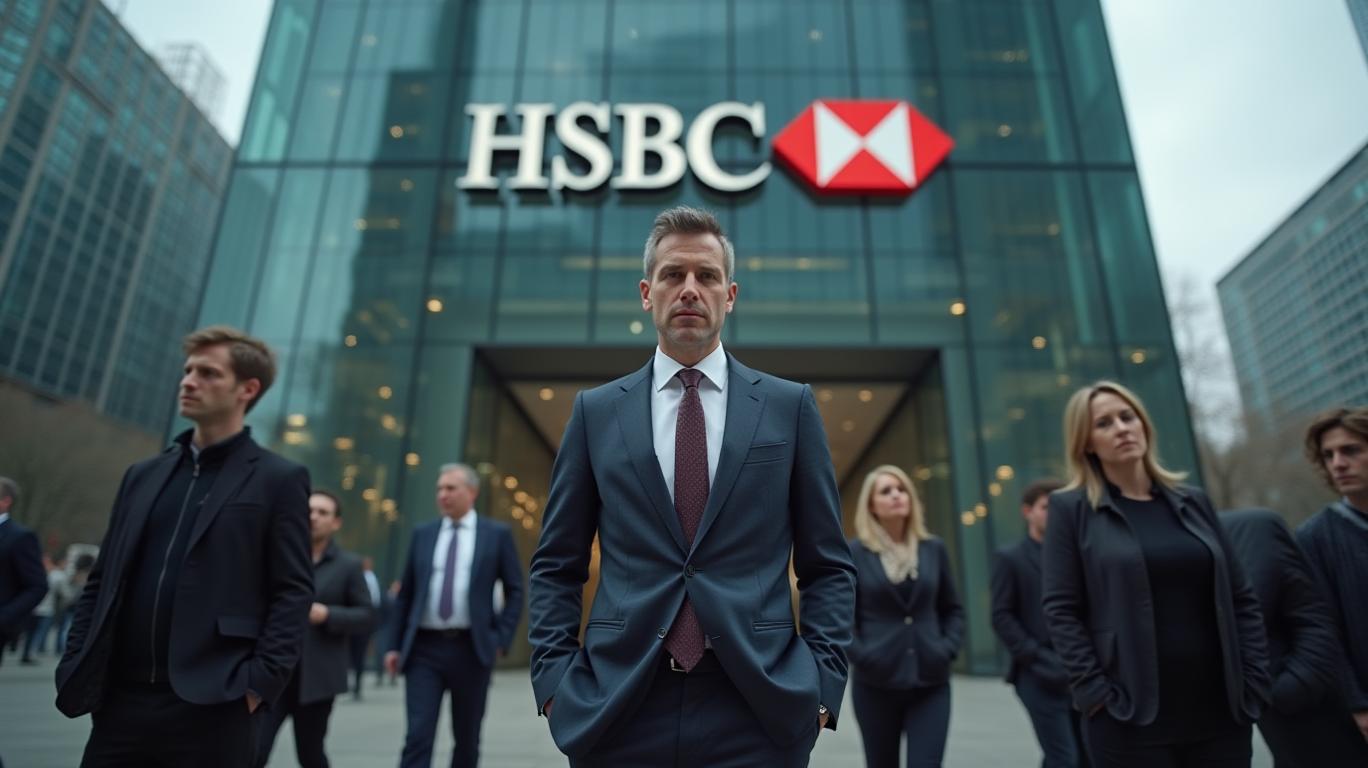HSBC's Strategic Shift: Can Buybacks and Restructuring Drive Long-Term Gains?
HSBC Holdings plc (HSBC) entered 2025 with a mix of challenges and opportunities, as its Q1 results highlighted both short-term headwinds and strategic optimism. While total revenue dipped 13% year-over-year due to divestments, adjusted metrics and aggressive capital returns suggest the bank is positioning itself for a stronger trajectory. Can these moves offset macroeconomic risks and deliver on its long-term financial targets? Let’s dive into the details.
Q1 2025: Adjusted Strength Amid Headwinds
HSBC’s first-quarter results revealed a nuanced picture. Total revenue fell to $17.6 billion, but adjusted revenue—excluding divestments in Canada and Argentina—rose 7% in constant currency. This underscores operational resilience, particularly in its wealth management and corporate/institutional banking segments, which drove a 15% increase in adjusted earnings per share (EPS) to $1.95.
The net interest income (NII) held steady at $10.6 billion in constant currency, while the CET1 ratio remained robust at 14.7%, signaling strong capital adequacy. Expected credit losses (ECL) of $0.9 billion were manageable, aligning with the bank’s 2025 guidance of 30–40 basis points.

Strategic Moves: Buybacks, Costs, and Restructuring
HSBC’s most significant move this quarter was its $2 billion share buyback, completed in April, followed by an additional $3 billion buyback program set to begin post-its annual general meeting. Analysts like Morningstar’s Michael Makdad noted the latter as a larger-than-expected signal of confidence, boosting shares by 2.29% to $57.63 on April 29.
The bank is also doubling down on cost discipline. HSBC aims to cut $1.5 billion annually by end-2026, with $300 million in savings targeted for 2025. However, upfront restructuring costs of $1.8 billion over 2025–2026—driven by severance and operational shifts—will test near-term profitability. Its restructuring plan, announced in October 2024, splits operations into four divisions (Eastern and Western markets), aiming to streamline decision-making and improve efficiency.
Outlook and Risks: Navigating Trade Tensions
HSBC reaffirmed its FY25 NII target of $42 billion and its ambition for mid-teens return on average tangible equity (ROTATE) through 2027. However, macroeconomic risks loom large. The bank highlighted potential headwinds from protectionist trade policies, including U.S. tariffs and reciprocal levies, which could dampen global sentiment. Analyst Manyi Lu of DBS Bank noted that while trade tensions pose a risk, restructuring savings should partially offset these pressures.
The Fear & Greed Index stood at 39 ("Fear") in April 2025, reflecting lingering uncertainty. Yet technical indicators remain bullish, with all moving averages (SMA and EMA) signaling buy opportunities.
Stock Forecasts: A Gradual Ascent?
Analysts project HSBC’s stock to trade within a $45.54–$59.52 range in 2025, averaging $53.60—a modest 3.57% annualized return. Near-term forecasts suggest a 0.80% rise to $57.93 by April’s end, with volatility expected through mid-2025.
Looking further ahead:
- 2026: Potential peak of $70.49, averaging $58.37 annually.
- 2028: A projected high of $91.02, marking a 58.37% increase from April 2025 prices.
- 2030: Long-term optimism pushes the price to $118.17, a 105.62% gain over five years.
Conclusion: A Balanced Bet on Resilience
HSBC’s Q1 results and strategic actions present a compelling case for cautious optimism. The $5 billion buyback commitment (existing and upcoming) and cost-saving targets of $1.5 billion annually by 2026 underscore management’s focus on shareholder returns and operational efficiency.
However, risks remain. Trade tensions and execution of its restructuring plan—particularly in navigating $1.8 billion in upfront costs—will determine whether HSBC can sustain its ROTATE targets and achieve its NII goals. The bank’s CET1 ratio and wealth business resilience provide a sturdy foundation, but macroeconomic headwinds could test its trajectory.
For investors, the stock’s projected 58% rise by 2028 hinges on successful execution. While short-term volatility is likely, HSBC’s strategic clarity and capital discipline position it as a potential long-term play in a challenging global landscape. The path forward is clear, but the execution will define the payoff.


_442a2dcc1749832873286.jpeg)
_e68fac6d1749831664430.jpeg)






